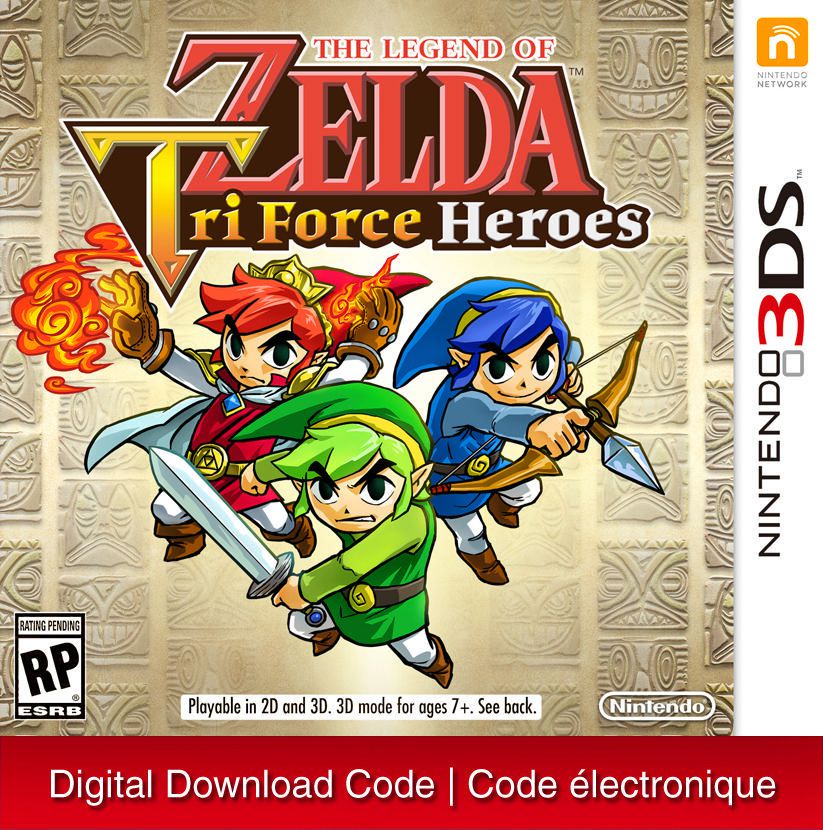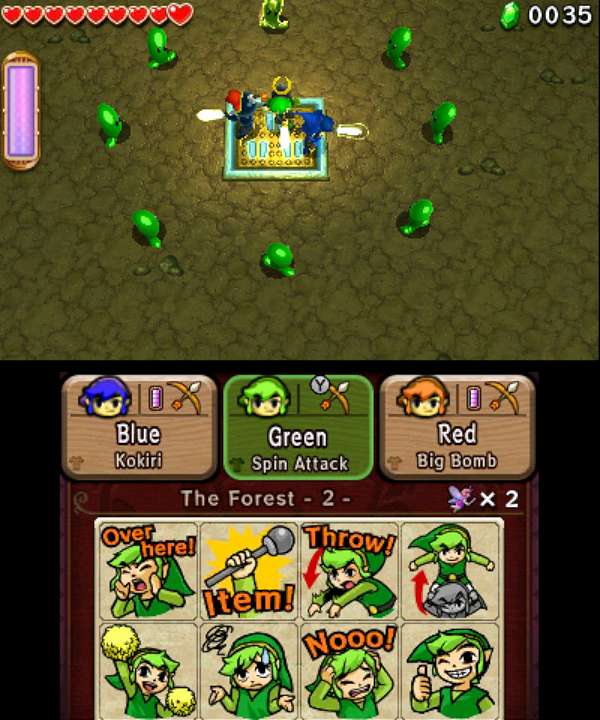

While some games are genre-defining, once-in-a-generation epic, others function as stopgaps that pull together the scraps of ideas from the cutting-room floor to satiate players until the next big thing. The series is at its best when it’s seemingly simple, yet deceptively deep in gameplay and story alike.īut with so many entries, there’s bound to be some hit-or-miss.

Sure, there’s some retroactive timeline shenanigans courtesy of the IP Police at Nintendo HQ, but it’s all just a convoluted attempt to appease the fans. There’s generally a new world to explore and journey to take, free from hamstrung continuity and readily accessible to kids and adults alike. Each game functions as a complete reimagining - technically a reincarnation of its hero, Link, and the titular princess. There is no wrong place to start, no dense lore to study. The beauty of Zelda is, well, the legend. That spirit of reinvention also applies to the series’ narrative. More often than not, The Legend of Zelda makes what’s new new again, delivering outside-the-box concepts that fans never knew they needed and rival developers instantly begin to ape.


No two games in the series feel exactly alike there’s always some innovation or twist to make what’s old new again. Frankly, it would be easy for the series to feel a bit long in the tooth, but the secret to Zelda’s longevity is Nintendo’s knack for reinvention. Like Star Wars, everyone has their first, their favorite, their hot take. With 19 mainline games - and another one on the way - alongside countless spin-offs, remasters, and ports, the breadth of its legacy is vast. Once the industry’s longest-running and most influential series, its reach spans generations with releases on practically every major Nintendo console or handheld for over 35 years (we don’t talk about Virtual Boy). In one form or another, practically every gamer has some experience with the Legend of Zelda franchise.


 0 kommentar(er)
0 kommentar(er)
